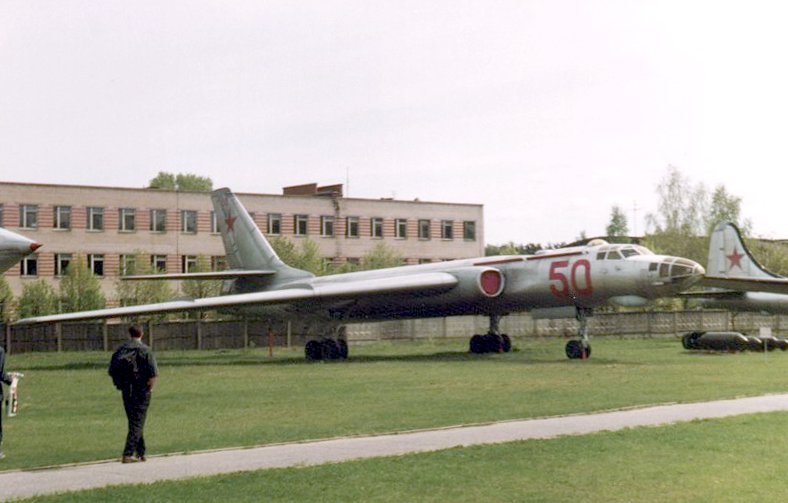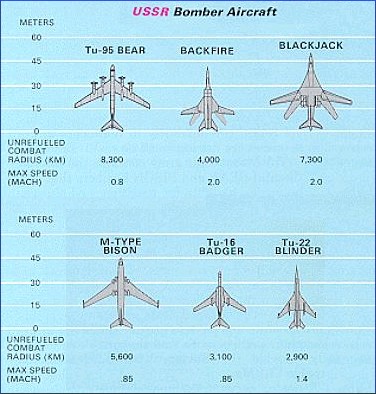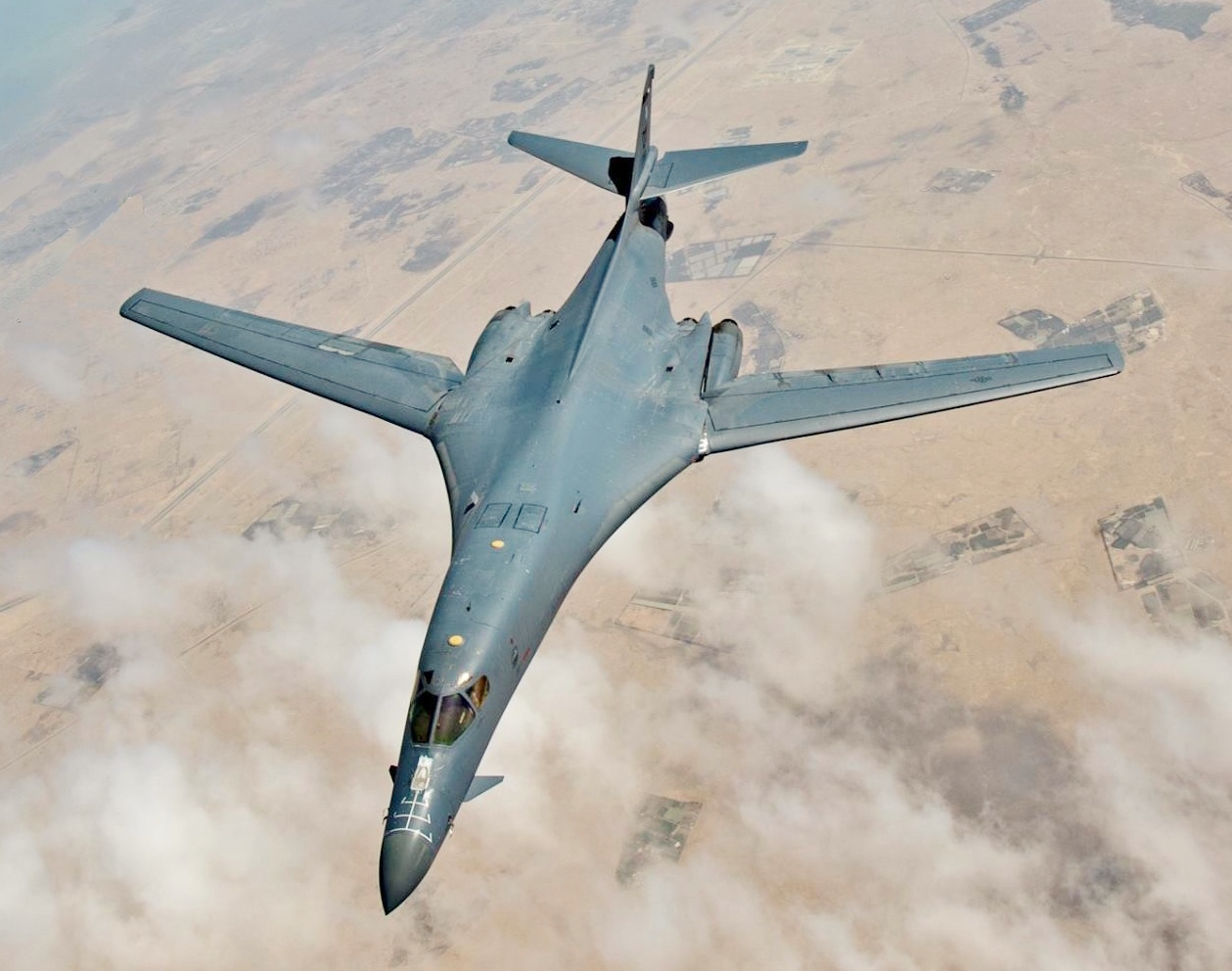|
KS-1 Komet
The Raduga KS-1 Comet ( (Крылатый Снаряд: winged projectile), NATO reporting name: AS-1 Kennel) was a Soviet short range air-to-surface missile, primarily developed for anti-ship missions. It was carried on two aircraft, the Tupolev Tu-4 and the Tupolev Tu-16. Development Development begun in 1947 along with a related ground-launched missile, the SSC-2B "Samlet" (S-2 Sopka), both missiles using aerodynamics derived from the Mikoyan-Gurevich MiG-15 fighter aircraft, and developed under the anti-ship missile codename "Komet". The KS-1 was designed for use against surface ships. It resembled a scaled-down MiG-15 with the cockpit and undercarriage removed. Its main fuselage was cigar-shaped with swept wings and an aircraft type tail. It was propelled by a Klimov RD-500K turbojet engine, reverse-engineered from the Rolls-Royce Derwent. Guidance was provided by an inertial navigation system (INS) in the midcourse phase, and by a semi-active radar in the terminal phase ... [...More Info...] [...Related Items...] OR: [Wikipedia] [Google] [Baidu] [Amazon] |
Tupolev Tu-16
The Tupolev Tu-16 (USAF/DOD reporting name Type 39; NATO reporting name: Badger) is a twin-engined jet strategic heavy bomber used by the Soviet Union. It has been flown for almost 70 years. While many aircraft in Soviet service were retired after the Cold War ended, the Chinese license-built version Xian H-6 remains in service with the People's Liberation Army Air Force, with the most modern variant, the H-6K, still being actively produced . Development In the late 1940s, the Soviet Union was strongly committed to matching the United States in strategic bombing capability. The Soviets' only long-range bomber at the time was Tupolev's Tu-4 "Bull", a reverse-engineered copy of the American B-29 Superfortress. The development of the notably powerful Mikulin AM-3 turbojet led to the possibility of a large, jet-powered bomber. The Tupolev design bureau began work on the Tu-88 ("Aircraft N") prototypes in 1950. The Tu-88 first flew on 27 April 1952. After winning a competition ... [...More Info...] [...Related Items...] OR: [Wikipedia] [Google] [Baidu] [Amazon] |
Fuselage
The fuselage (; from the French language, French ''fuselé'' "spindle-shaped") is an aircraft's main body section. It holds Aircrew, crew, passengers, or cargo. In single-engine aircraft, it will usually contain an Aircraft engine, engine as well, although in some amphibious aircraft the single engine is mounted on a hardpoint, pylon attached to the fuselage, which in turn is used as a floating Hull (watercraft), hull. The fuselage also serves to position the Flight control surfaces, control and Stabilizer (aeronautics), stabilization surfaces in specific relationships to Wing, lifting surfaces, which is required for aircraft stability and maneuverability. Types of structures Truss structure This type of structure is still in use in many lightweight aircraft using welding, welded steel tube trusses. A box truss fuselage structure can also be built out of wood—often covered with plywood. Simple box structures may be rounded by the addition of supported lightweight strin ... [...More Info...] [...Related Items...] OR: [Wikipedia] [Google] [Baidu] [Amazon] |
Soviet Long Range Aviation
Soviet Long Range Aviation (, literally ''Aviation of Distant Action'' and abbreviated DA) was a sub-branch of the Soviet Air Forces responsible for delivering long-range nuclear or conventional strikes by aircraft (rather than missiles). The Russian Long Range Aviation and now-dissolved Ukrainian Long Range Aviation were both previously part of the Soviet Air Forces, before it was split into the Air Forces of its many successor states, most notably the Russian Air Force and Ukrainian Air Force. Those branches were tasked with long-range bombardment of strategic targets with nuclear weapons. During the Cold War, the Long-Range Aviation of the Air Forces (DA VS) was the rough Soviet equivalent to the French Air Force's Forces aériennes stratégiques (1964-present); the British RAF Bomber Command (1936-68); and the United States Air Force (USAF) Strategic Air Command (1946–1992). In the early 2020s there are roughly-equivalent structures within the People's Liberation Arm ... [...More Info...] [...Related Items...] OR: [Wikipedia] [Google] [Baidu] [Amazon] |
Indonesian Air Force
The Indonesian Air Force (, sometimes shortened as IDAF / IdAF) is the Air force, aerial branch of the Indonesian National Armed Forces. The Indonesian Air Force is headquartered in Jakarta, Indonesia, and is headed by the Chief of Staff of the Indonesian Air Force, Chief of Staff of the Air Force ( – KSAU or KASAU). Its order of battle is split into three Air Operations Commands (). Most of its airbases are located on the island of Java. The Indonesian Air Force also has its ground force unit, called Air Force Quick Reaction Force Command (Kopasgat). The corps is also known as the "Orange Berets" () due to the distinctive color of their service headgear. The Indonesian Air Force has 30,100 personnel and equipped with 110 combat aircraft. The inventory includes 33 F-16 Fighting Falcons as the main fighters (from the United States) supplemented by five Su-27 and eleven Su-30 (from Russia), British Aerospace Hawk 200, Hawk 200, KAI T-50 Golden Eagle, KAI T-50 and Embraer EMB 31 ... [...More Info...] [...Related Items...] OR: [Wikipedia] [Google] [Baidu] [Amazon] |
Egyptian Air Force
The Egyptian Air Force (EAF) () is the aviation branch of the Egyptian Armed Forces that is responsible for all airborne defence missions and operates all military aircraft, including those used in support of the Egyptian Army, Egyptian Navy and the Egyptian Air Defense Forces. The latter was created as a separate command in the 1970s and it coordinates with the Air Force to integrate air and ground-based air defense operations. The EAF is headed by an air marshal (lieutenant general equivalent). Currently, the commander of the Egyptian Air Force is Air Marshal Mahmoud Fouad Abdel-Gawad. The force's motto is 'Higher and higher for the sake of glory' (, '). It was known as the Royal Egyptian Air Force until 18 June 1953 following the declaration of the Republic of Egypt by Muhammad Naguib. The Egyptian Army Air Service was formed in 1932, and became an independent air force in 1937. It had little involvement in the Second World War. From 1948 to 1973 it took part in four se ... [...More Info...] [...Related Items...] OR: [Wikipedia] [Google] [Baidu] [Amazon] |
Cuban Navy
The Cuban Revolutionary Navy () is the navy of Cuba. History The Constitutional Navy of Cuba was the navy of Cuba that existed prior to 1959. During World War II, it sank the German submarine U-176, German submarine ''U-176'' on 15 May 1943. During the Cold War, the Cuban Navy successfully Leyla Express and Johnny Express incidents, captured the freighters Leyla Express and Johnny Express, both vessels blamed for CIA-related activities against Cuba. In 1988, the Cuban Navy boasted 12,000 men, three Submarine, submarines, two modern Guided-missile frigate, guided-missile frigates, one Spy ship, intelligence vessel, and a large number of patrol craft and Minesweeper, minesweepers. However, most of the Soviet-made vessels have been Ship commissioning#Ship decommissioning, decommissioned or sunk to make Artificial reef, reefs. By 2007, the Cuban Navy was assessed as being 3,000 strong (including up to 550+ Marine (military), Navy Infantry) by the International Institute for Strat ... [...More Info...] [...Related Items...] OR: [Wikipedia] [Google] [Baidu] [Amazon] |
KS-1 Operators , a British primary educational term
{{Letter-NumberCombDisambig ...
KS1 or KS-1 may refer to: Weapons * KS-1 (missile), a Chinese surface-to-air missile * Raduga KS-1 Komet, a Soviet anti-ship missile * KS-1 rifle, an assault rifle adopted by the British Armed Forces Other uses * Kansas's 1st congressional district, to the United States House of Representatives * K-1 (Kansas highway), an American road * Key Stage 1 Key Stage 1 is the legal term for the two years of schooling in maintained schools in England normally known as Year 1 and Year 2, when pupils are aged between 5 and 7. This Key Stage normally covers pupils during infant school, although in some ca ... [...More Info...] [...Related Items...] OR: [Wikipedia] [Google] [Baidu] [Amazon] |
AS-5 Kelt
The Raduga KSR-2 (NATO reporting name: AS-5 " Kelt") was a Soviet cruise missile developed to replace the KS-1 Komet (NATO: AS-1 "Kennel"). It was developed in 1958 and entered service in 1962. The missile was normally armed with a conventional high-explosive warhead, although it could be fitted with a one-megaton nuclear warhead. Development Flight testing of the missile as part of the K-16 weapon system in 1958, with two missiles being carried on BD-352 pylons under the wings of a modified Tu-16 bomber designated as Tu-16KSR-2. The bomber was fitted with a newly developed Roobin-1K (Ruby) search and target illumination radar which has a maximum range of approximately 200 kilometers. During the tests, missiles were fired at ships and ground targets. Description The missile itself, like the earlier KS-1, is extremely large, nearly nine meters in length with a wingspan of approximately four and a half meters and weighing 4,000 kilograms. It has swept wings with two wing fences ... [...More Info...] [...Related Items...] OR: [Wikipedia] [Google] [Baidu] [Amazon] |
Indonesia
Indonesia, officially the Republic of Indonesia, is a country in Southeast Asia and Oceania, between the Indian Ocean, Indian and Pacific Ocean, Pacific oceans. Comprising over List of islands of Indonesia, 17,000 islands, including Sumatra, Java, Sulawesi, and parts of Borneo and New Guinea, Indonesia is the world's largest archipelagic state and the List of countries and dependencies by area, 14th-largest country by area, at . With over 280 million people, Indonesia is the world's List of countries and dependencies by population, fourth-most-populous country and the most populous Islam by country, Muslim-majority country. Java, the world's List of islands by population, most populous island, is home to more than half of the country's population. Indonesia operates as a Presidential system, presidential republic with an elected People's Consultative Assembly, legislature and consists of Provinces of Indonesia, 38 provinces, nine of which have Autonomous administrative divisi ... [...More Info...] [...Related Items...] OR: [Wikipedia] [Google] [Baidu] [Amazon] |
Egypt
Egypt ( , ), officially the Arab Republic of Egypt, is a country spanning the Northeast Africa, northeast corner of Africa and Western Asia, southwest corner of Asia via the Sinai Peninsula. It is bordered by the Mediterranean Sea to northern coast of Egypt, the north, the Gaza Strip of Palestine and Israel to Egypt–Israel barrier, the northeast, the Red Sea to the east, Sudan to Egypt–Sudan border, the south, and Libya to Egypt–Libya border, the west; the Gulf of Aqaba in the northeast separates Egypt from Jordan and Saudi Arabia. Cairo is the capital, list of cities and towns in Egypt, largest city, and leading cultural center, while Alexandria is the second-largest city and an important hub of industry and tourism. With over 109 million inhabitants, Egypt is the List of African countries by population, third-most populous country in Africa and List of countries and dependencies by population, 15th-most populated in the world. Egypt has one of the longest histories o ... [...More Info...] [...Related Items...] OR: [Wikipedia] [Google] [Baidu] [Amazon] |
Strategic Bomber
A strategic bomber is a medium- to long-range Penetrator (aircraft), penetration bomber aircraft designed to drop large amounts of air-to-ground weaponry onto a distant target for the purposes of debilitating the enemy's capacity to wage war. Unlike tactical bombing, tactical bombers, Penetrator (aircraft), penetrators, fighter-bombers, and attack aircraft, which are used in air interdiction operations to attack enemy combatants and military equipment, strategic bombers are designed to fly into enemy territory to destroy strategic targets (e.g., infrastructure, logistics, Military base, military installations, factories, etc.). In addition to strategic bombing, strategic bombers can be used for tactical bombing, tactical missions. There are currently only three countries that operate strategic bombers: the United States, Russia and China. The modern strategic bomber role appeared after Strategic bombing during World War II, strategic bombing was widely employed, and Atomic bombing ... [...More Info...] [...Related Items...] OR: [Wikipedia] [Google] [Baidu] [Amazon] |
Semi-active Radar
Semi-active radar homing (SARH) is a common type of missile guidance system, perhaps the most common type for longer-range Air-to-air missile, air-to-air and surface-to-air missile systems. The name refers to the fact that the missile itself is only a passive radar, passive detector of a radar signal—provided by an external source via radar illumination—as it reflects off the target (in contrast to active radar homing, which uses an active radar transceiver). Semi-active missile systems use bistatic radar, bistatic continuous-wave radar. The NATO Multiservice tactical brevity code, brevity code for a semi-active radar homing missile launch is Fox (code word), Fox One. Concept The basic concept of SARH is that since almost all detection and tracking systems consist of a radar system, duplicating this hardware on the missile itself is redundant. The weight of a transmitter reduces the range of any flying object, so passive systems have greater reach. In addition, the Angular ... [...More Info...] [...Related Items...] OR: [Wikipedia] [Google] [Baidu] [Amazon] |






